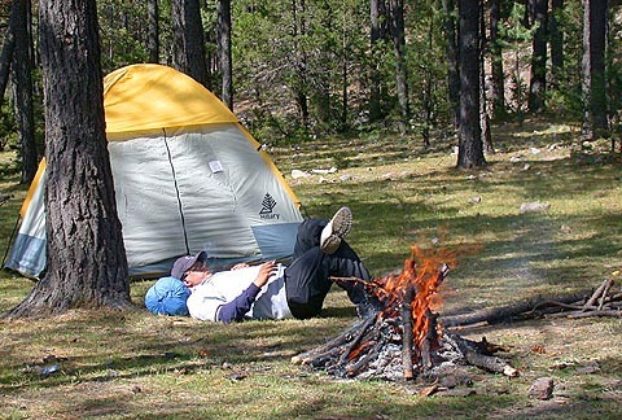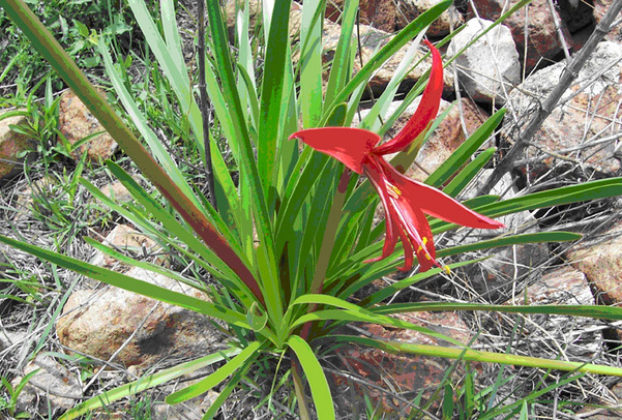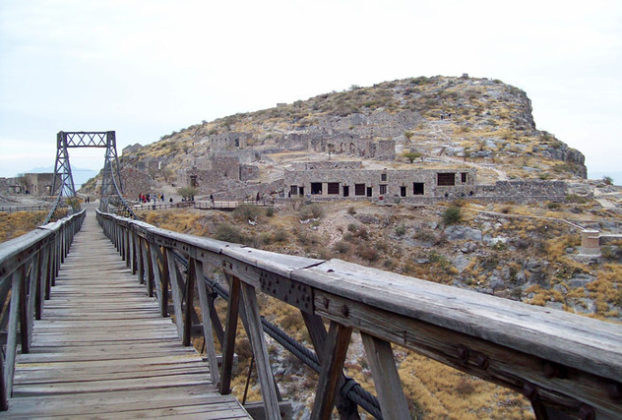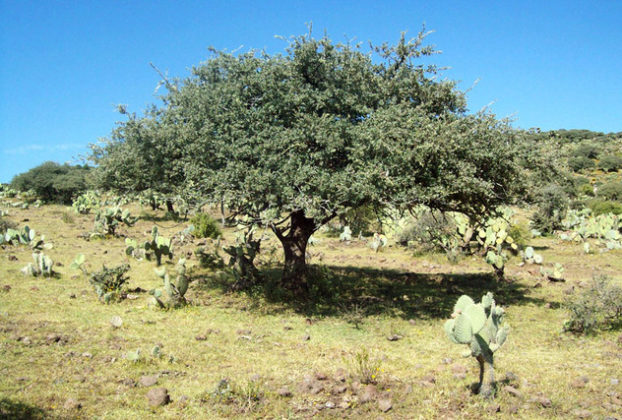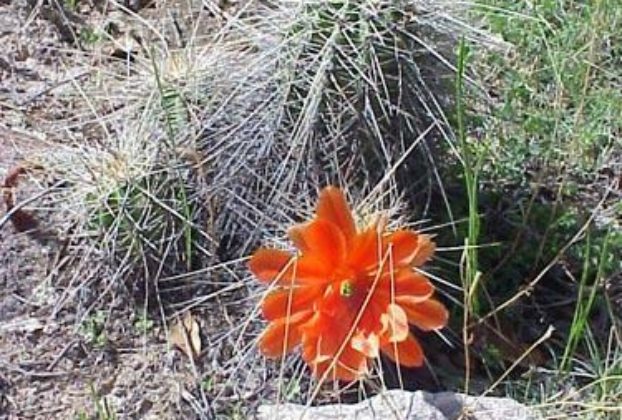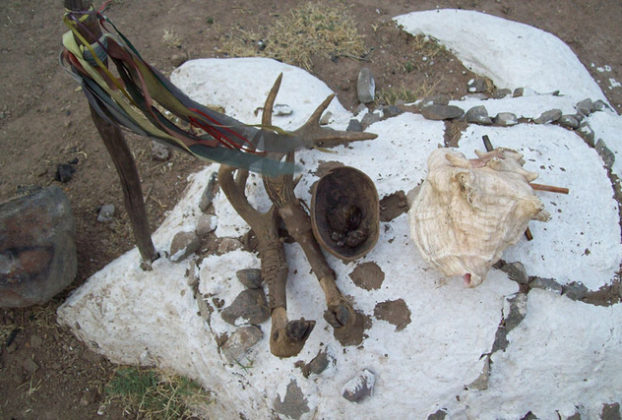Tlalnepantla – the land in-between
Some time around the turn of the eleventh century indigenous tribes from the Valley of Anahuac trekked north and settled in the land that Franciscans, half a millennium later baptized, “Tlanepantla”. Today Tlanepantla thrives among Mexico’s largest populations, with nearly twelve million (12,000,000) inhabitants. Below the gray stones of Chiquihuite Hill, smelting, metalworking, machine-building, and […]
Continue Reading
